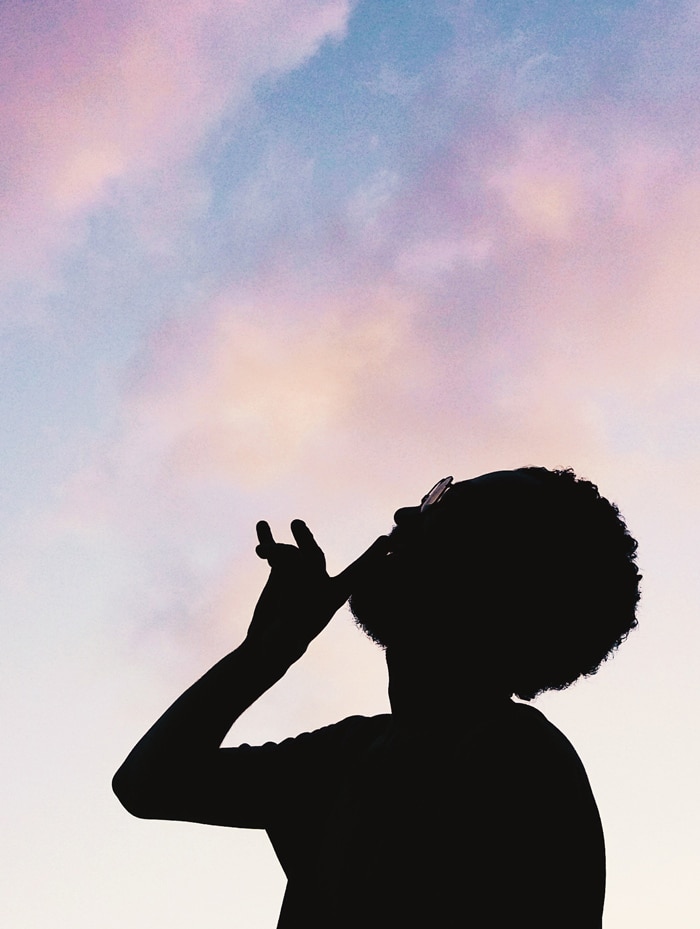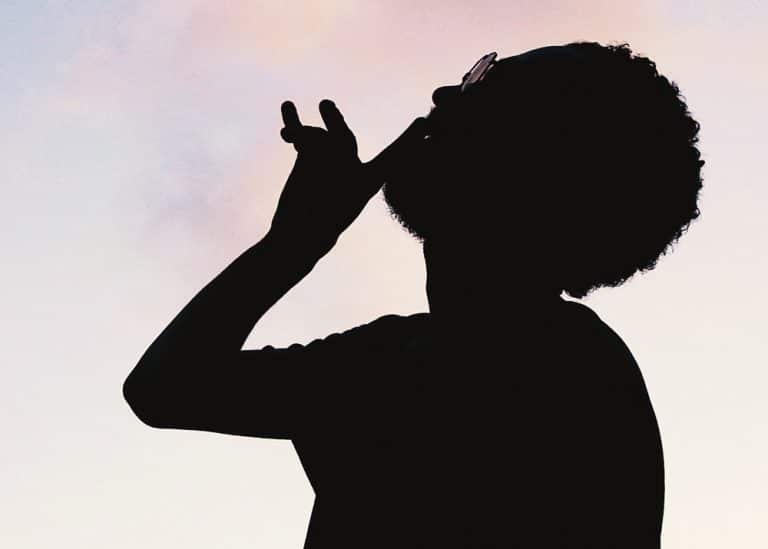10 ways you can support the movement for black rights and racial justice
As the global fight against racial injustice gains steam, meaningful change is beginning to materialise. From mayors pledging to defund police forces and racial justice organisations receiving an outpouring of support to a sharp rise in public discussions around issues of systemic racism—evidence of progress trails behind the swelling wave of protest and outrage. It is important to build on this historic momentum and keep the foot on the gas.
What can you do to support the movement for black rights and racial justice?
Attend protests
Taking to the streets to demonstrate remains one of the most effective ways to protest injustice and demand immediate change. Check the Black Lives Matter website, local community websites and social media for information about protests taking place in your area. If your circumstances don’t allow you to march in the streets, you may want to inquire about virtual protests happening, like the one recently arranged by Black Lives Matter London.
Give protesters supplies
Protesters marching in the streets are in need of various supplies, including water, masks, food, and more. Visit the webpage of a protest happening near you to learn about its designated supply drop-off locations, or contact protest organisers for information on how to help.
Donate to bail funds
As a growing number of protesters are being arrested by police forces, bail money is urgently needed for people who cannot afford to purchase their freedom. This Google Doc contains a list of bailout and legal funds categorised by city and state.
Support organisations for black empowerment
Systemic racism has robbed black communities of funds and resources and stilted progress among its residents. Contributing to initiatives designed to empower black communities is a crucial step in rectifying the ravages of centuries of racial discrimination. Black Visions Collective, National Bailout and Campaign Zero are three organisations that work in varying ways to achieve long term improvement for black communities, end their oppression and promote their rights and safety. You may want to research similar organisations operating in your city or state.
Support black-owned businesses
Make it a point to support black-owned businesses, restaurants and shops in your area. You should also research which companies are complicit in perpetuating systemic racism and refrain from supporting them—L’Oréal, Reformation and Zimmerman, I’m looking at you.

Defend immigrants of colour
Immigrants of colour are disproportionately targeted, terrorised, and abused by the government—at the border, in detention facilities, and in black and brown communities repeatedly raided by Immigration and Customs Enforcement (ICE). At the invitation of the NYPD, ICE agents have been infiltrating Black Lives Matter protests in New York City, and have already detained one immigrant. Research and donate to organisations working to protect and advocate on behalf of immigrants of colour.
Support black LGBTQ organisations
Queer people of colour are at an increased risk of experiencing violence, exclusion, police brutality and oppression. They are also more likely to suffer from depression, anxiety and other mental health issues as a result of what is commonly referred to as ‘compounded minority stress’—being both queer and black or brown. The LGBTQ Racial Justice Fund and the Black Trans Femmes in the Arts Collective are two out of numerous organisations working to protect and uplift black queer people in the US. If you’re based in the UK, you may want to check out UK Black Pride, IMAAN and NAZ Project.
Contact local representatives
While the focus tends to revolve around national politics—it is local authorities that are often hotbeds of racial injustice. Inquire about your mayor, comptroller, chief of police, and district attorney, demand accountability for their actions, and be sure to vote in local elections and get involved in your community.
Join efforts to defund the police
Across the US, and around the world, more and more people are demanding to defund the police and invest their budget in community projects and infrastructure and locally-run emergency-response teams. Minneapolis may be the first US city to completely disband its police force, and LA Mayor Eric Garcetti had already pledged to slash the city’s police budget and invest the money in communities of colour. Join the growing demand to defund the police by supporting #8toAbolition, the Movement for Black Lives or other NGOs operating in your city or county.
Dismantle Whiteness
Challenge yourself with daily and rigorous reflections on how the concept of Whiteness may affect your life; in what ways does it limit or impact your actions, your perceptions, your opinions, your circle of friends? Policies are important milestones in the fight against systemic racism, but they alone cannot herald real, long-lasting change on societal and institutional scales. Slavery had been abolished, Jim Crow laws had been eradicated, and yet here we are still battling the plague of racism. Ultimately, racial justice could only be achieved when we fundamentally change the ways we see ourselves and obliterate the institution and concept of Whiteness.





